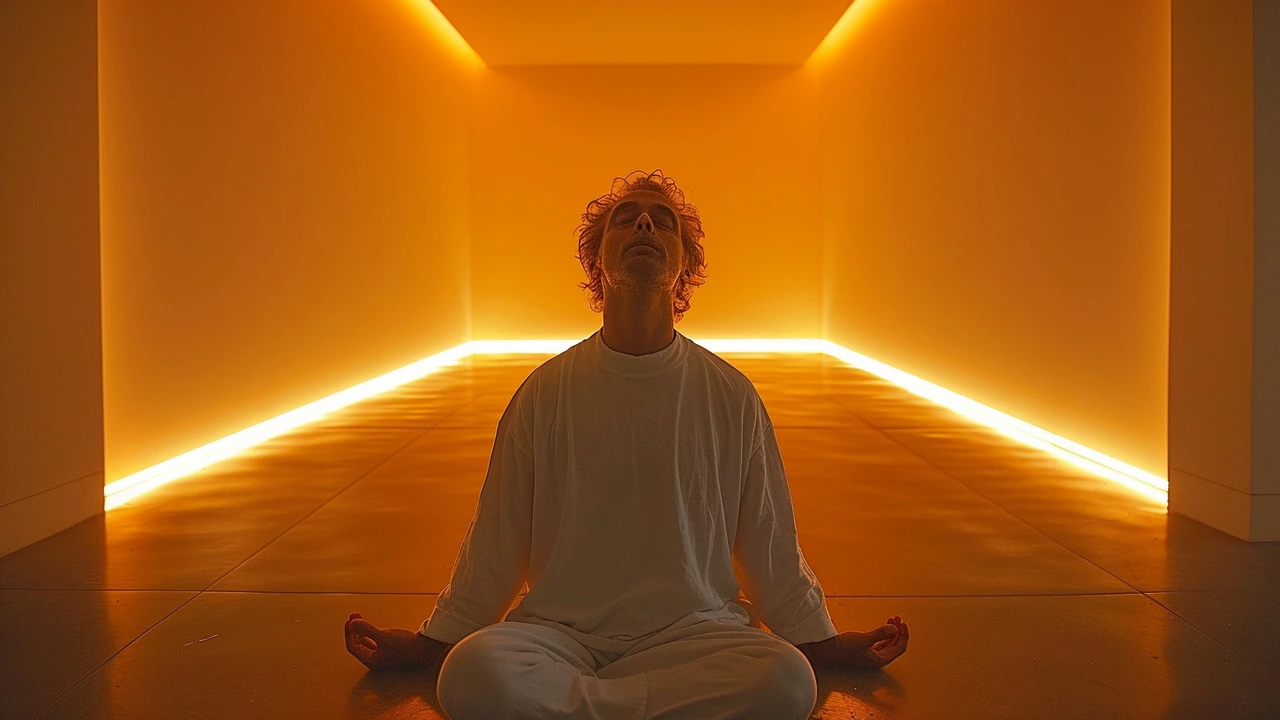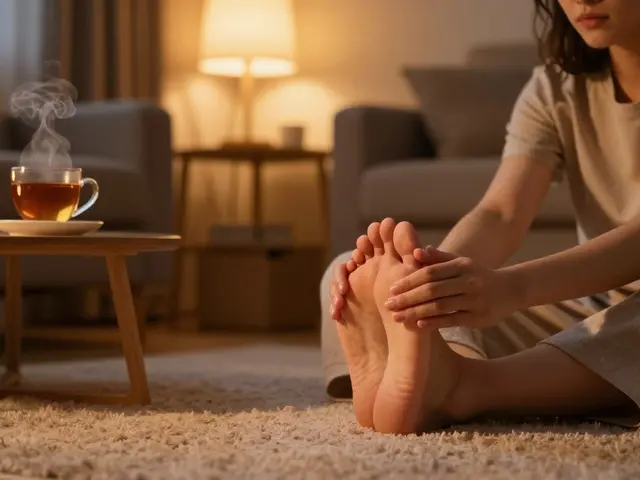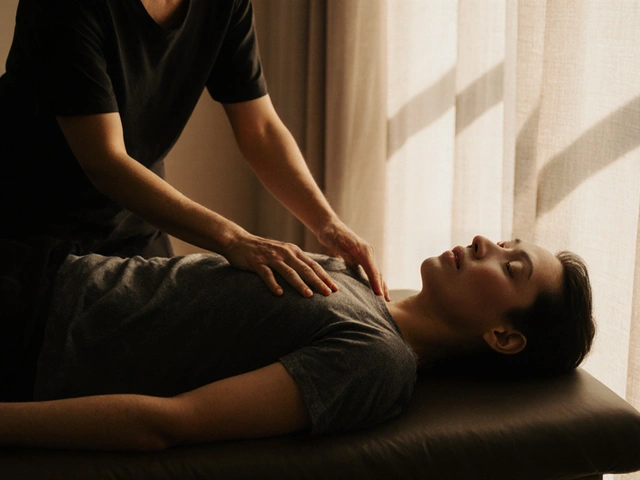Shiatsu therapy: How it works and quick self-tips
Shiatsu therapy is a Japanese bodywork that uses finger pressure, stretches, and gentle holds to ease pain and stress. It focuses on pressure points along the body’s energy lines, but you don’t need any knowledge of energy systems to feel results. People often report less neck tension, better sleep, and fewer headaches after a few sessions. This page will tell you what to expect, how it can help, and a couple of simple moves you can try right now.
What to expect in a Shiatsu session
Sessions usually happen on a padded mat or massage table while you stay fully clothed in loose clothing. A practitioner uses thumbs, palms, and sometimes elbows to apply steady pressure. Pressure level varies—tell the therapist if something hurts or feels too light. A typical session lasts 45–60 minutes and mixes pressure with gentle stretches. You might feel warmth, tingling, or a deep relax that lasts days.
Shiatsu suits common issues like neck and shoulder tightness, lower back pain, stress, and sleep trouble. It’s also useful after intense workouts to help muscles recover. Therapists aim to release tight spots and help your body move more freely, not just to relax muscles for a moment. If you have health concerns—like recent surgery, blood clots, or severe osteoporosis—check with your doctor before booking.
Simple self-shiatsu moves you can try
Want a quick relief break? Try three easy moves. First, press the web between your thumb and index finger on the opposite hand for 30–60 seconds. This eases headaches and jaw tension. Second, with your palm, press along the base of your skull at the hairline. Apply steady pressure and hold for 20–40 seconds to reduce neck stiffness. Third, lie on your back, bend your knees, and place one hand on your lower belly. Breathe slowly and press gently on the abdomen with each exhale to calm your nervous system.
Use steady, confident pressure—no quick pokes. Aim for discomfort that’s clearly bearable, not sharp pain. Repeat each move once or twice a day when you feel tight or anxious. These are simple, low-risk techniques, but stop if something causes sharp pain or dizziness.
How to pick a Shiatsu therapist: look for training in accredited schools and good client reviews. Ask if they have experience with your issue—chronic pain, sports recovery, or stress management. A short phone talk before booking helps you judge whether the therapist listens and explains things clearly.
Shiatsu is low-cost compared with long medical treatments and can fit into a regular self-care routine. Try two to four sessions spaced a week or two apart, then decide if it helps enough to keep going. If you want links to related methods like acupressure, Amma, or trigger point massage, check the related posts on this tag page for more practical guides and real tips from therapists and clients.

Experience the Therapeutic Wonder of Shiatsu
Hello there! I just had the most incredible Shiatsu therapy session and let me tell you about it. Shiatsu, a traditional Japanese massage, has amazing potential to bring harmony to your body, mind, and soul. Not only does it promote relaxation, but it also has been known to enhance overall well-being. Join me on this journey as we delve into the wonderful world of Shiatsu. This experience could be your next venture into achieving balance and better health.
Categories
- Health and Wellness (148)
- Alternative Therapies (86)
- Massage Therapy (40)
- Travel and Culture (15)
- Beauty and Skincare (9)
- Holistic Health (8)
- Health and Fitness (5)
- Spirituality (5)
- Other (2)
- Personal Development (2)
Popular Articles



